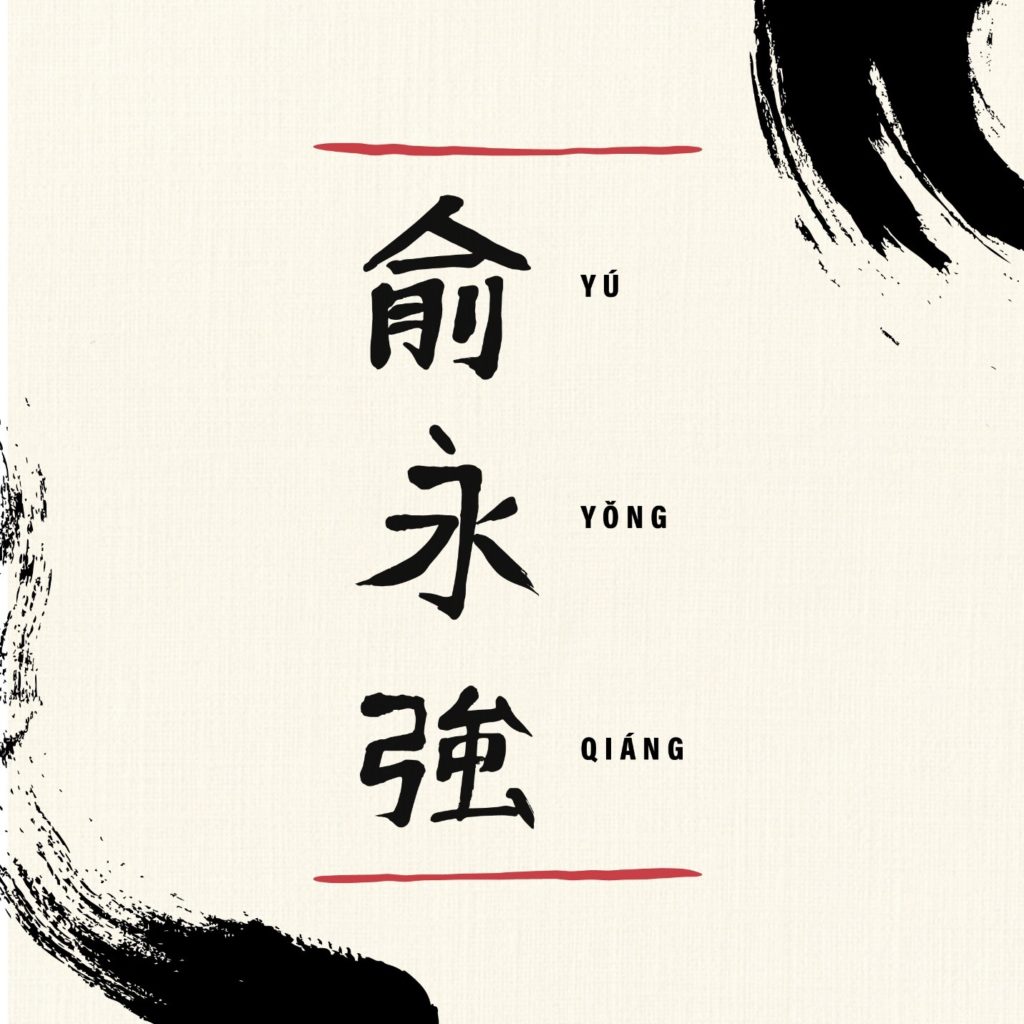I Just Need to Be Me: Growing Up Asian in America
I have rewritten this post over and over again because I didn’t even know where to start. I figured the best place is the beginning.
My first encounters with racism were so early on that I can’t remember specific instances or moments, but I do recall what I felt. I’ve been internalizing and compartmentalizing these feelings my whole life and have only recently begun to unpack them this past year for a number of reasons, including the recent wave of violence and hate toward the Asian American and Pacific Islander (AAPI) community.
Growing up in a predominantly white suburb, I was one of a handful of people of color (POC) at school up until high school. As you might imagine, I was introduced to the construct of race at a very young age. From kids jokingly pulling their eyes back at me to hearing “ching chong” being shouted at me, I was no stranger to the fact that I was unjustly “othered,” just because of my ethnicity and appearance. Looking back, more often than not, the prejudice that I experienced was not so overt. Comments such as, “Where are you from?,” “How do you say XYZ in Chinese?,” “You and (other Asian American kid) look alike” or “You’re Asian so you must be good at math” were commonplace and I didn’t really know the impact of these microaggressions until I was much older.
As a result, I suppressed my cultural identity in an attempt to fit in. For example, I’d go by my middle name (John), disliked Chinese food and even cracked the same racist jokes that were thrown at me. I grew up resenting the fact that I was Chinese and sought to become as “white-washed” as possible because, in my mind, my life would seemingly be easier if I were white. It got to the point where I considered legally changing my first name to John, just so I would be perceived as more American, thus be more accepted.
It wasn’t until college that I found peace with my cultural identity. Having a diverse group of friends with strong connections to their cultures, joining cultural clubs, and taking courses on racism and oppression opened my eyes to an identity that I could call my own. Not just Asian, not just American, but Asian American. I discovered that I don’t have to be white to be accepted. I just need to be me.
—俞永強

Design Process
I attended Chinese school on the weekends growing up, and one of the first things we learned was how to write our names. We had to practice writing our names over and over again until we eventually got it down. I wanted to pay homage to those early Saturday mornings by relearning how to write my name and took it a step further by using a traditional calligraphy pen, Xuan rice paper and Sumi liquid ink.
Once I had a few useable characters, I scanned them and brought them into Illustrator where traced my name and created a vectorized image. The embellishing brush strokes were created using a custom brush in Illustrator. I included the pinyin pronunciation of my name next to each character as well.
